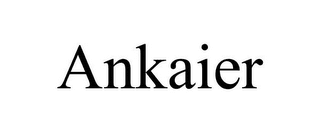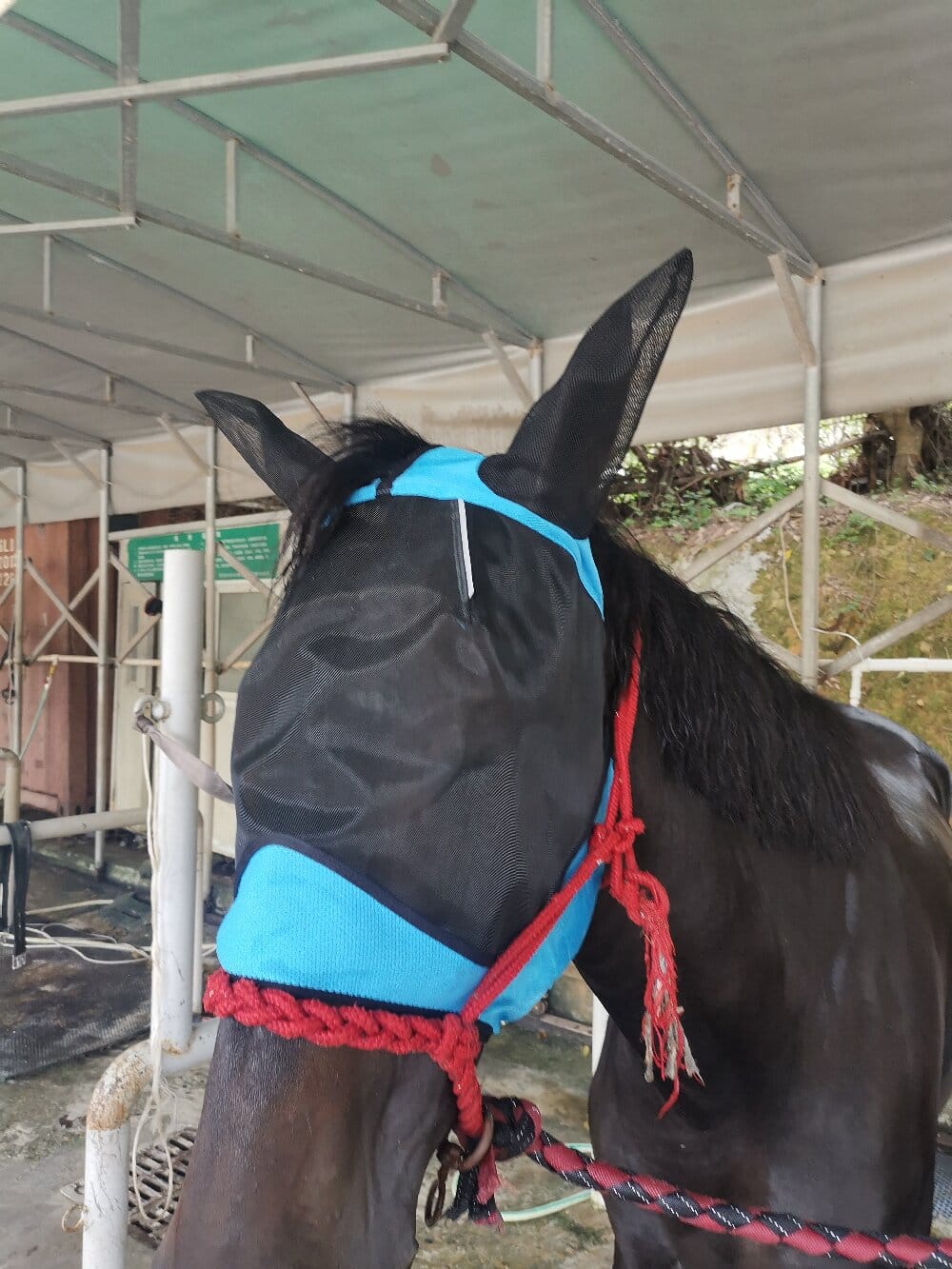As the sun climbs higher and the days stretch longer, every horse owner’s thoughts turn to the inevitable: flies. While a swishing tail is a classic defense, it’s often woefully inadequate against the relentless assault of biting insects. This is where the humble horse fly mask steps in, transforming from a simple piece of gear into a non-negotiable shield for equine comfort and well-being. It’s not just about stopping the irritation; it’s about preserving your horse’s sanity and protecting those incredibly sensitive eyes from injury and disease. When you compare the peace of a masked horse to the frantic head-tossing of an unprotected one, the value of this essential piece of fly protection gear becomes immediately, and profoundly, apparent.
The Unseen Battle: More Than Just an Annoyance
Many people underestimate the sheer torment flies inflict. It’s not merely a minor irritation; it’s a constant, maddening harassment that can lead to significant behavioral and physical issues. Face flies feast on the moisture around the eyes and muzzle, while the dreaded horseflies deliver a painful bite that can draw blood. This persistent attack can cause:
- Stress and anxiety, leading to a sour attitude and resistance to training.
- Weight loss, as the horse is too busy fending off insects to graze peacefully.
- Conjunctivitis and other eye infections from bacteria transferred by flies.
- Corneal ulcers from a horse rubbing its face violently on fences or trees.
When you see it from this perspective, a quality fly mask isn’t an optional accessory—it’s a primary line of defense, a crucial element of responsible horse fly protection that safeguards both mental and physical health.
A Comparative Look at Fly Mask Features
Not all equine fly masks are created equal. A quick stroll through any tack shop reveals a dizzying array of options, and the differences are far from superficial. The choice ultimately boils down to the specific needs of your horse and your environment.
The most basic model is the standard ears-nose style. This design offers excellent coverage, protecting the eyes, ears, and the bridge of the nose from sun and flies. I’ve found these to be fantastic for horses who are particularly sensitive or who live in areas with heavy insect populations. However, for the easy keeper or the horse prone to sweating under its chin, the full coverage can sometimes feel a bit warm.
For those seeking a middle ground, the ears-only or no-nose fly mask is a popular alternative. It provides essential eye and ear protection while allowing for better airflow. This is my personal go-to for my older gelding, who appreciates the less restrictive feel. The trade-off, of course, is that the muzzle remains exposed, which might not be sufficient for horses plagued by face flies or those with pink noses susceptible to sunburn.
Then there are the specialized options. For the horse with a history of eye issues, a UV-protective fly mask is a game-changer. These masks act like sunglasses, shielding the eyes from harmful ultraviolet rays that can exacerbate conditions like uveitis. For the escape artist, a securely fitting mask with a generous fringe around the jawline is essential to prevent it from becoming a dangling, useless accessory by noon.
Material World: The Feel Against the Skin
The material of a fly veil is where you truly feel the difference between a bargain-bin purchase and a quality investment. Cheap, stiff mesh can rub a horse’s face raw, creating sores that are as problematic as the fly bites you’re trying to prevent. I learned this the hard way with my first horse, and the resulting guilt ensured I’d never make that mistake again.
Superior fly protection gear uses soft, flexible, and durable mesh. It should feel smooth against your own skin. Look for features like seamless construction around the eyes to eliminate pressure points and quick-dry, breathable fabric that won’t trap heat and moisture. A well-chosen mask becomes a second skin that your horse forgets it’s wearing, which is the ultimate goal.
The Final Verdict on Equine Fly Protection
In the grand calculus of horse ownership, the horse fly mask stands out as one of the simplest, most cost-effective investments you can make for your animal’s quality of life. The comparative analysis is stark: on one side, a stressed, uncomfortable horse susceptible to injury and infection; on the other, a calm, contented partner able to enjoy its time in the pasture. By carefully considering your horse’s individual needs—from the level of coverage to the softness of the material—you can select a mask that offers not just protection, but genuine comfort. It’s a small act of care that speaks volumes, ensuring your horse can face the summer with peace, not pestilence.

